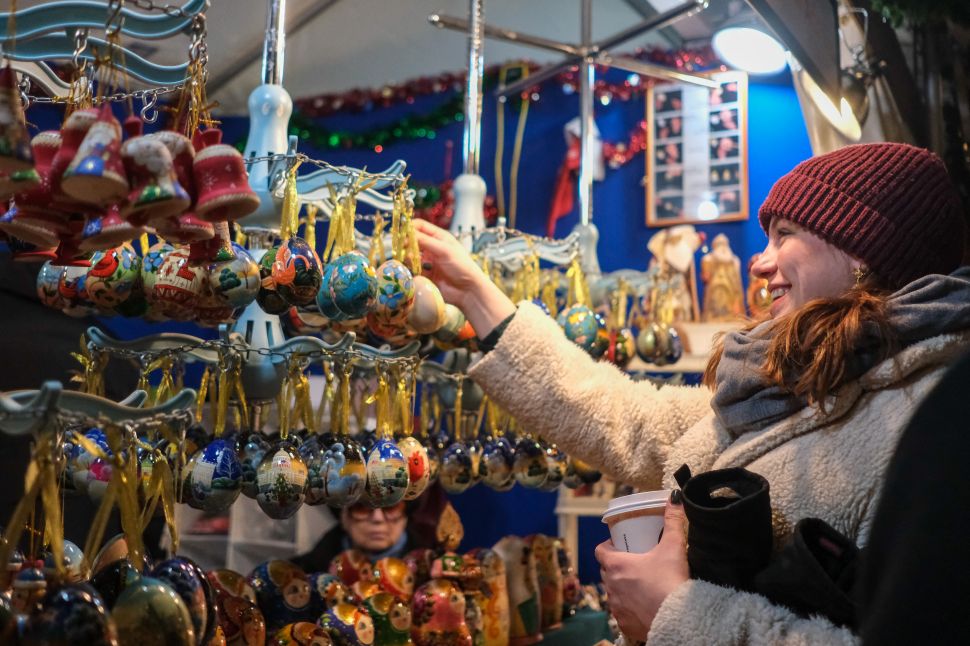Christmas is still eight months away. But April is usually when U.S. retailers place orders of Christmas decoration products with their suppliers in China to allow time for buying raw material, production and shipping before the holiday rush. That timeline is disrupted this year, now that President Trump has imposed a 145 percent tariff on products coming from China, which supplies nearly 90 percent of Christmas decorations sold in the U.S. Many manufacturers in China say they haven’t received any orders from their U.S. clients, according to Reuters. Even if Christmas isn’t canceled, it’s going to be a whole lot more expensive this year.
At a minimum, a $500 artificial tree will double in price to more than $1,000, according to Jami Warner, executive director of the American Christmas Tree Association, a trade group representing members of the artificial tree industry.
Americans currently spend an average of $261 on Christmas decorations and other seasonal items every year. “As the proposed rates continue to climb, it’s difficult to estimate the ultimate impact on consumers,” Warner told Observer in an email.
In his latest salvo against China, Trump yesterday (April 9) enacted a 145 percent levy on Chinese imports, up from a 104 percent tariff announced earlier this week. China was left out of a 90-day pause of the so-called reciprocal tariffs on numerous other countries. For the time being, these nations—besides China—will be subject to a flat 10 percent levy.
The U.S. holiday decoration market is deeply reliant on Chinese manufacturing. In 2023, China provided 88 percent of the Christmas decoration products in the U.S., valued at $2.8 billion, according to U.S. Census data. The bulk of America’s artificial Christmas trees, too, come from China. “These products have never been manufactured on a large scale in the United States,” Warner said.
Impacts from Trump’s levies are already starting to be felt. Walmart (WMT) has reportedly asked its Chinese suppliers to leave sticker prices off of decorations due to the uncertainty of how they will be priced going forward.
Christmas decor made outside of China also faces price surges
China doesn’t dominate the full spectrum of Christmas decor—Cambodia, for example, in 2023 provided 66 percent of LED Christmas tree lights imported into the U.S. But, alongside other manufacturing hubs across Southeast Asia, Cambodia isn’t fully spared by Trump’s tariffs and faces a 49 percent levy in three months’ time.
This isn’t the first time Christmas has gotten inadvertently hit by trade disputes. During Trump’s first term, the administration threatened levies on Chinese imports that included Christmas decor. The policy was paused in 2019, in part because of concerns regarding their impact on the holiday season, before it was scrapped after the U.S. and China hammered out a trade agreement.
With the U.S. and China currently locked into a tariff showdown, it remains to be seen whether a similar agreement will take place this time. “We are deeply concerned that these tariffs will mean that Christmas will be dramatically different this year for American families,” said Warner. “And we are still processing what this means to our industry and to our employees as a whole.”

